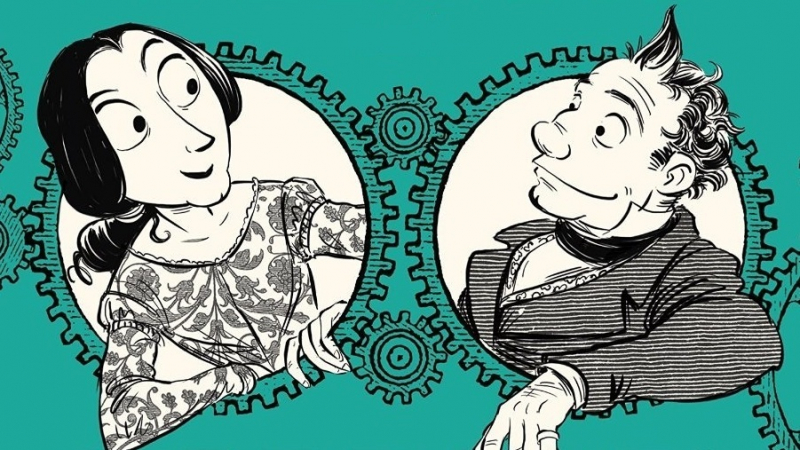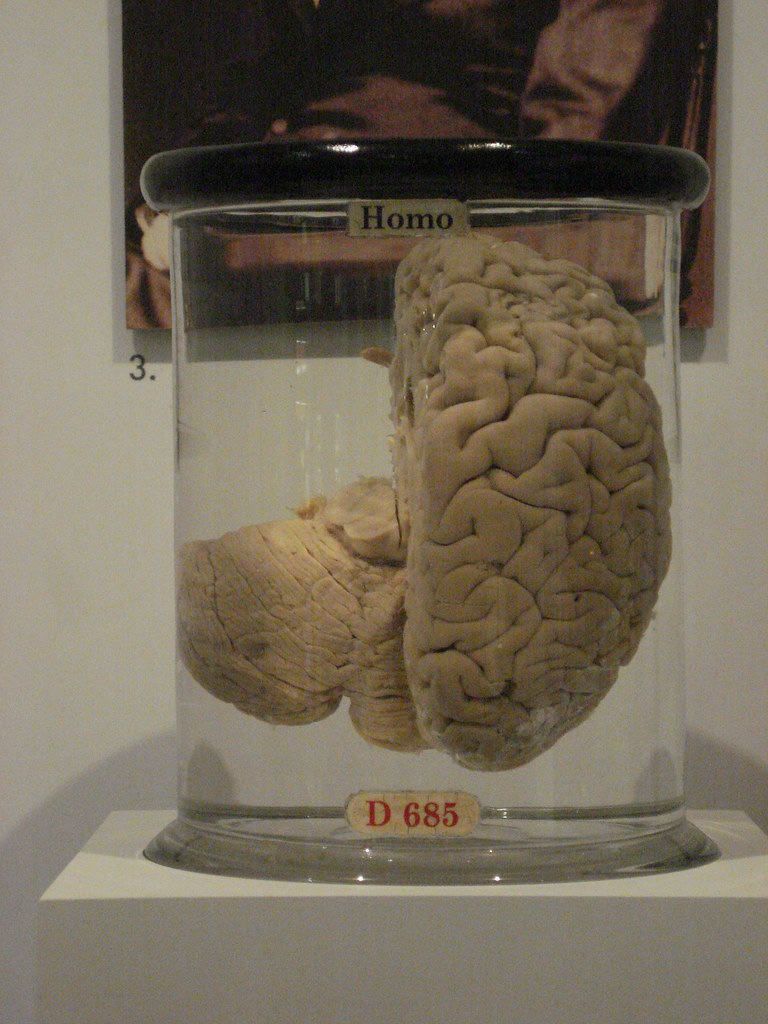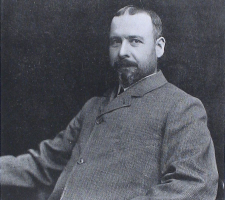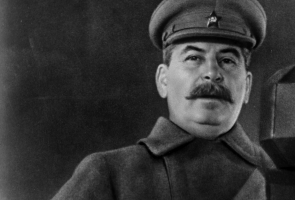Top 7 Interesting Facts about Charles Babbage
The mathematician and inventor Charles Babbage is widely credited with creating the forerunner of modern programmable computers in the early 19th century. ... read more...Though he is commonly described as the creator of the first mechanical computer, his most famous machines were not actually completed. But his inventiveness wasn’t limited to computing: as a teenager, Babbage experimented with shoes that helped with walking on water, and he was also responsible for an array of interventions that helped change public life. Here are some interesting facts about Charles Babbage.
-
One of the interesting facts about Charles Babbage is that he contributed to the establishment of the Analytical Society in 1812, whose goal was to introduce innovations from the European continent into English mathematics. He was chosen as a fellow of the Royal Society of London in 1816. He played a key role in the establishment of the Statistical and Royal Astronomical Societies in 1820. This was challenging labor because it included repetitive activities and called for meticulous attention. In this capacity, Babbage came up with the concept of a labor-saving device that could produce the tables on demand.
Babbage first had the notion of automating the computation of mathematical tables in 1812 or 1813. Later, he created a little calculator with eight decimal places for some arithmetic operations. The Difference Engine, a machine with a 20-decimal capacity, was then designed with government funding in 1823. The Difference Engine was a digital device that used decimal positions on toothed wheels to represent discrete digits rather than smooth amounts for its operation. The next wheel moved forward one position, carrying the numeral, when one of the toothed wheels went from nine to zero.
The Difference Engine contained storage, or a location where data could be temporarily saved for subsequent processing, just like current computers. Babbage had to commit himself to the creation of mechanical engineering methods in order for it to be built. In the interim, he held the position of Lucasian Professor of Mathematics at Cambridge University in the interim. However, Babbage never really built the whole engine, which was intended to be room-sized. All design and construction came to an end in 1833 when Joseph Clement, the machinist in charge of actually manufacturing the machine, refused to continue until he was compensated.

Photo: https://www.quoteikon.com/charles-babbage-quotes.html 
Photo: https://www.wikiwand.com/en/Charles_Babbage -
In 1819, Charles Babbage began working on a calculator, and by 1822, he had created his "Difference Engine." He pushed the British government for financial help to develop a full gadget, with the goal of using the differences between words in a mathematical series to generate the contents of a navigational table.
The computer displayed numbers as places on toothed wheels. The following wheel in the sequence would advance by one digit after one wheel moved from nine to zero. In this way, it was similar to a modern computer in that it could store a number temporarily.
In 1832, Babbage built a demonstration model of this Difference Engine that he displayed to audiences. Babbage never completed the machine to the desired room-sized dimensions, but in 1991, a difference engine built from Babbage's original ideas demonstrated the viability of his invention. Instead, Babbage sought inspiration for a far more complex mechanism from developments across the Channel.

Photo: https://www.csmonitor.com/Technology/2012/1210/Ada-Lovelace-What-did-the-first-computer-program-do 
Photo: https://www.npr.org/templates/story/story.php?storyId=121206408 -
Charles Babbage saw the potential for "an entirely new engine containing much more broad capacities" in a new industrial weaving method. The Joseph-Marie Jacquard machine automated pattern weaving by employing a set of punched cards to give instructions to a loom. It was first patented by a French weaver and businessman in 1804.
The creation of Jacquard revolutionized the textile industry and served as a forerunner to contemporary computing. The Analytical Machine, which Babbage used to solidify his legacy, was directly inspired by it. Compared to the Difference Engine, the Analytical Machine was more sophisticated and capable of doing far more complex tasks. It achieved this by using Jacquard-style punched cards and a memory unit with 1,000 50-digit number slots. Although Babbage didn't finish his Analytical Machine, everything was planned to be steam-powered.

Photo: https://www.computerhistory.org/babbage/engines/ 
Photo: https://www.computerhistory.org/babbage/engines/ -
Charles Babbage mentored the mathematician Ada Lovelace and set up her tutoring at the University of London. Ada Lovelace first met Charles Babbage, a mathematician who had created a calculator known as the Difference Engine, in 1833. The Difference Engine prototype served as inspiration for Lovelace, who later became Babbage's lifelong companion. The Analytical Engine, a new project that Babbage had in mind, was a considerably more sophisticated engine.
Italian mathematician Luigi Menabrea wrote a paper about the Analytical Engine in French in 1843, which Lovelace translated. Thousands of words of her own notes were also added to the document by her. Lovelace understood that the Analytical Engine was capable of performing a lengthy series of mathematical calculations. Computer historians consider her description of how to calculate Bernoulli numbers as an example of one such sequence to be the first computer program.
She even suggested that the Analytical Engine might be able to manipulate objects other than numbers, such musical notes. "We may say most correctly that the Analytical Engine weaves algebraical patterns exactly as the Jacquard loom weaves flowers and leaves," she wrote of Babbage's innovation.
Photo: https://www.alamy.it/foto-immagine-ada-lovelace-charles-babbage-illustrazione-moderna-ritratto-80617651.html 
Photo: https://www.npr.org/2015/04/23/400178749/lovelace-and-babbage-is-a-thrilling-adventure -
As an inventor, Babbage was involved in a variety of domains. This is one of interesting facts about Charles Babbage. He developed the concept for shoes that may help people walk on water as a teenager. He came up with the idea for the cowcatcher later, while employed by the Liverpool and Manchester Railway. It might have been the first of the plough-like devices installed on the front of locomotives to push cows and other impediments off the rails, had he actually built one.
He created an algebraic notation which could be used on computers to manipulate numbers and other data.
The first compiler allowed users to write programs in one language and then have them compiled into another language easier for computers to understand. In addittion, he created punched cards which saved information when people punched holes through them with a specific pattern corresponding with letters or numbers.In 1822, Babbage began work on his first difference engine. It was much smaller than the later machines and built with brass and steel instead of cast iron. It was designed to calculate polynomial functions, a type of equation that describes an unknown value as a function of one or more variables. The project went over budget because Babbage designed it to be made in pieces so it could be transported easily between the factories which were producing each part.

Photo: https://www.computerhistory.org/collections/catalog/102618831 
Photo: https://www.computerhistory.org/babbage/history/ -
One of interesting facts about Charles Babbage is that he thought the mathematics courses at Cambridge were uninteresting because he had already mastered all that was being taught there when he joined. So, in 1812, he founded the Analytical Society, which focused more on mathematics. The Analytical Engine, which is regarded as the precursor to the contemporary computer, was designed by him. It was, however, unable to be finished.
The name of the renowned inventor is commemorated by a crater on the moon and a locomotive. At the University of Minnesota, there is a center for information technology called the Charles Babbage Institute. He created the first trustworthy actuarial tables and contributed to the development of England's modern postal system. Babbage and Thomas Frederick Colby conducted research on the needs of a contemporary postal system as part of Babbage's membership in the Royal Astronomical Society.
Following their recommendation that there should be a standard charge, one of the first steps in the reform of the Royal Mail was the introduction of the Uniform fourpenny post in 1839. He created a speedometer variant. He ran for the borough of Finsbury in the 1832 election, but he received the fewest negative votes.

Photo: https://www.pinterest.com/pin/152278031120465302/ 
Photo: https://www.printweek.com/features/article/how-charles-babbage-invented-computer-printing -
At his London residence on October 18, 1871, Charles Babbage passed away. Babbage, who is known as the "father of the computer," is credited with developing the first mechanical computer, which paved the way for later, more intricate systems. Babbage made the decision to donate his brain to science after his passing. His son Henry stated in a letter that was included with the donation: "I have no objection...to the notion of keeping the brain." So, please, take the action you think is best. The intellect should be acknowledged as his, and it should be used in whatever way you deem best for the improvement of human knowledge and the welfare of the race.
The Hunterian Museum at the Royal College of Surgeons in London houses the remaining half of Babbage's brain, which is on display at the Science Museum in the same city. The 1909 article presented here includes a number of images of the actual brain in addition to a marvelously in-depth discussion of the brain and a beautifully dizzying amount of scientific terminology.

Photo: https://www.flickr.com/photos/wzdd/4141268297 
Photo: https://www.flickr.com/photos/danrn/2418143553




























